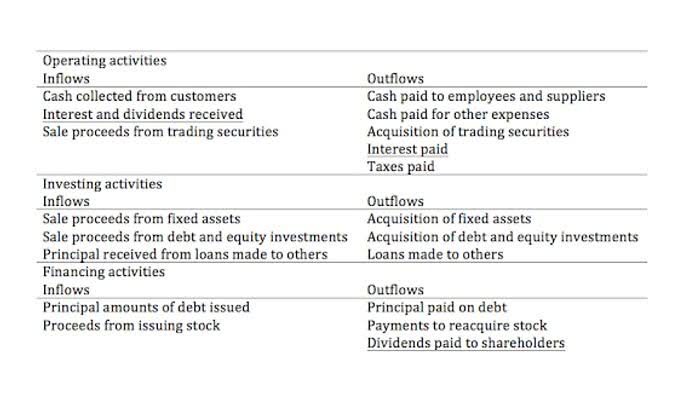
A post-closing trial balance is a listing of all balance sheet accounts containing non-zero balances at the end of a reporting period. The post-closing trial balance is used to verify that the total of all debit balances equals the total of all credit balances, which should net to zero. Like other trial balances, the post-closing trial balance doesn’t list the accounts with zero balances. It will only include general ledger balance sheet accounts with balances other than zero. The purpose of a post-closing trial balance is to check debits and credits after the closing entries have been made. Like all trial balances, the post-closing trial balance has thejob of verifying that the debit and credit totals are equal.
- The owner equity is listed on the right side (credit side) of the trial balance sheet.
- One way to find the error is to take the difference between the two totals and divide the difference by two.
- Editorial content from The Ascent is separate from The Motley Fool editorial content and is created by a different analyst team.
- As with the unadjusted and adjusted trial balances, both the debit and credit columns are calculated at the bottom of a trial balance.
- If the final balance in the ledger account (T-account) is a credit balance, you will record the total in the right column.
The word “post” in thisinstance means “after.” You are preparing a trial balanceafter the closing entries arecomplete. Transferring information from T-accounts to the trial balance requires consideration of the final balance in each account. If the final balance in the ledger account (T-account) is a debit balance, you will record the total in the left column of the trial balance. If the final balance in the ledger account (T-account) is a credit balance, you will record the total in the right column. It is worth mentioning that there is one step in the process that a company may or may not include, step 10, reversing entries. Reversing entries reverse an adjusting entry made in a prior period at the start of a new period.
Does the Post-Closing Trial Balance Need to be Equal?
Temporary accounts, such as revenue and expense accounts, are closed at the end of the accounting period, and their balances are transferred to permanent accounts, such as retained earnings. A post-closing trial balance aims to ensure that the company’s books are balanced and that all temporary accounts have https://www.bookstime.com/ been closed. Unadjusted trial balance – This is prepared after journalizing transactions and posting them to the ledger. Its purpose is to test the equality between debits and credits after the recording phase. The ninth, and typically final, step of the process is to prepare a post-closing trial balance.
The debit and credit columns both total $34,000, which means they are equal and in balance. However, just because the column totals are equal and in balance, we are still not guaranteed that a mistake is not present. All businesses have adjusting entries that they’ll need to make before closing the accounting period. These adjusting entries include depreciation expenses, prepaid expenses, insurance expenses, and accumulated depreciation.
What is the Post Closing Trial Balance?
Even if you’re using accounting software, running a trial balance can be important because it allows you to review account balances for accuracy. Each of them is used at different times during the full accounting cycle. These accounts are closed at the end of the period by transferring their balances to the retained earnings account or other permanent accounts, such as the accumulated depreciation account.
This website covers a variety of accounting topics including financial accounting basics, accounting principles, the accounting cycle, and financial statements, all topics introduced in the early part of the post-closing trial balance helps to verify that this course. And just like any other trial balance, total debits and total credits should be equal. For example, an unadjusted trial balance is always run before recording any month-end adjustments.


